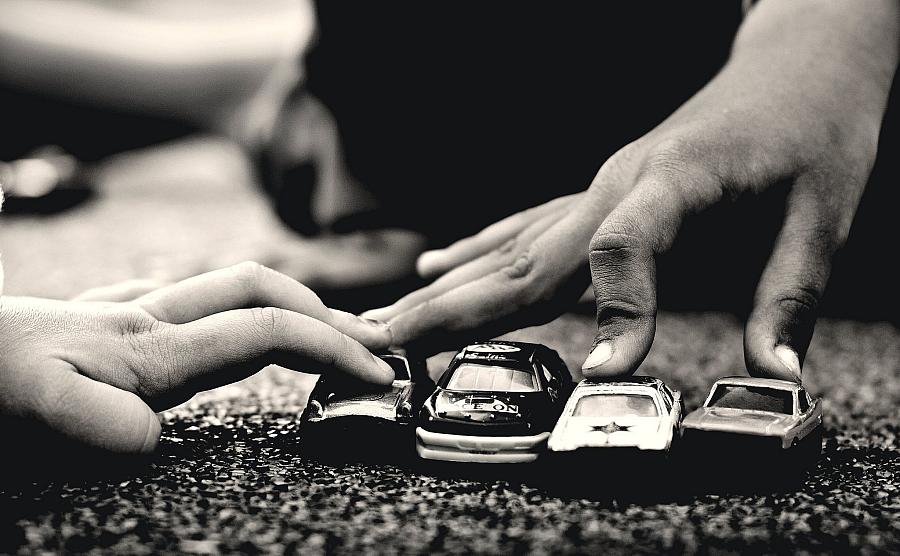Is Alaska really the best place to be a black child? Surprising findings in new report on child wellbeing

African Americans in Alaska score better than blacks in any other states when it comes to child wellbeing, according to a recent report from the Annie E. Casey Foundation. Meanwhile, Alabama ranks the highest when it comes to scores for American Indian children. And, Maine has the best score for Latinos.
So what’s going on here? While the latest Race for Results report does not delve into the possible reasons for these results, Laura Speer, the foundation’s associate director for policy reform and advocacy, shared one hypothesis. These states have relatively small percentages of those populations, which means those children may be better integrated into the overall community.
“We believe a major factor for why some kids are doing worse than others on these measures is that they don’t have access to the same kinds of support and opportunities that other kids do,” Speer said. “They’re more likely to live in neighborhoods more disconnected from good schools, from good health care providers … from good jobs for their parents.”
The report uses a dozen indicators (such as whether kids ages 3 to 5 attend nursery school, preschool or kindergarten or whether females ages 15 to 19 delay childbearing) to generate a composite score for children of every race in every state.
In many cases, the data is not consistent across racial groups in terms of where kids are doing best and worst. For example, even though Alabama holds the top spot in the nation for American Indians, it ranks 43rd for Latinos and 46th for white children. These discrepancies reveal nuances, allowing reporters to research the history of specific groups and explore why disparities persist.
“We hope people will use the information to go deeper in their own states,” she said.
Finding the stories behind the data
That’s already happening in some areas, such as Montana where the Billings Gazette used the state’s low rankings to examine why American Indian children face obstacles to success.
Gazette reporter Susan Olp detailed how the state’s history shaped today’s poverty: “During the treaty settlements of 1800s, the tribes often were forced to settle on less-productive rural lands,” she wrote. And, she explored the government’s decision to place these children in boarding schools years ago, something that “had ripple effects through the generations.”
On a broader level, the Casey Foundation report conveys a sense of urgency to improve disparities, especially as the country’s demographics shift, Speer said.
“The changing demographics of our country should compel us to be focused on this,” she said. As these children get older, “they’re going to be driving local and state economies … they’re the future parents. They’re the future workforce.”
Reasons for optimism
While the Casey report highlights obstacles that are “difficult to surmount,” there are some bright spots when it comes to covering health disparities. Another recent report from Georgetown University’s Center for Children and Families recently found that “almost 2 million children have gained health insurance since the implementation of the major provisions of the Affordable Care Act.”
And the Commonwealth Fund found that racial disparities in the rates of uninsured children are decreasing. Rates of uninsured white, black and Hispanic children declined, and the Hispanic-White disparity narrowed, according to the analysis, which used data from the Census Bureau’s American Community Survey for 2013 to 2016.
The real drivers of gains in children’s health insurance coverage are Medicaid and the Children’s Health Insurance Plan (CHIP), said Elisabeth Wright Burak, the senior program director and research faculty at Georgetown’s Center for Children and Families.
These programs existed before health reform. But researchers have found that increasing coverage for parents has ripple effects for their already-eligible children, something referred to as the “welcome mat effect.”
While rising insurance coverage may be a bright spot of optimism when it comes to children’s health disparities, reporters should keep an eye on potential cuts to Medicaid or Children’s Health Insurance Plan (CHIP) funding, Burak said. Hurricane relief funding efforts and delays in CHIP funding add an additional layer of uncertainty, she said. States are currently scrambling to find money to keep their CHIP programs afloat as Congress tussles over renewing the program’s federal funding.
There’s a lot at stake. Insurance coverage for children — and parents — can affect health measures such as low birth weights, Speer said. It could also extend into the educational realm, since kids who have health insurance are less likely to miss school because they’re sick, she added.
Despite the disparities, Speer stressed the importance of improving the markers for all children: “There’s no group of kids meeting all the milestones. There’s room for improvement for everyone.”
**

